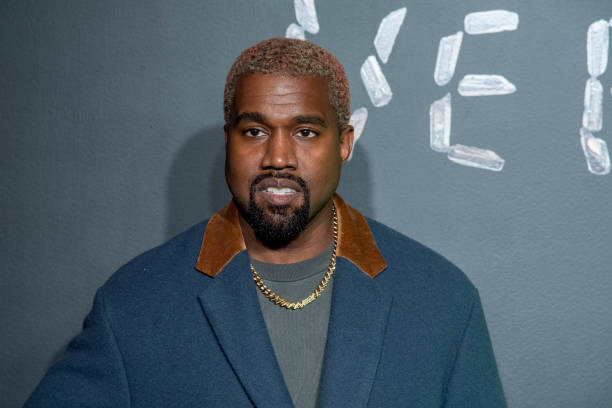
Though the whole world now calls him Ye, his parents named him Kanye Omari West, Before he became a multi-talented singer, rapper, songwriter, record producer, and fashion designer, Ye was a producer for Roc-A-Fella Records. In 2004, however, he decided to pursue a career as a rapper and released his debut album, ‘The College Dropout’. Since then he has released multiple albums to international acclaim and has several awards - including 22 Grammys.
However, the rapper has gained attention for much more than his musical skills. He’s always been outspoken and being open about his mental health is no exception. In 2016, he was taken into psychiatric care and revealed to David Letterman that he was diagnosed with bipolar disorder. Through the years, he has expressed his feelings about the symptoms of the disorder in his music.
While he hasn’t stated which type of bipolar disorder he has, several experts have suggested that it might be bipolar I disorder based on his highly publicized manic episodes.
RELATED: DONDA: Kanye West’s Emotional Journey to Honor His Mother
What Is Bipolar I Disorder?
Though there are three different types of bipolar disorder, bipolar I is generally the one where the changes in mood are more apparent. In this disorder, the person would have had at least one manic episode in their lifetime. A high-energy, irritable mood and abnormal behavior usually characterize this episode.
Sometimes, the manic episode is followed by a plateau where the person is more like themselves or a depressive episode. It’s uncommon for those with bipolar I disorder to rapidly cycle between manic and depressive episodes that can require hospitalization. In fact, most people with the disorder can have long periods without any symptoms.
Other symptoms of the disorder include rapid speech, racing thoughts, hyperactivity, and sleeplessness during a manic episode as well as loss of pleasure, low energy, and feelings of guilt during a depressive episode.
While it’s estimated that bipolar I disorder only affects about 2.5 percent of the American population, it can develop in anyone. In most cases, the symptoms become apparent in the early 20s but can happen later in adulthood.
How The Disorder Is Diagnosed
Being diagnosed with bipolar I disorder can entail several steps. Your doctor will conduct a physical examination to check for any other illnesses that might be causing your symptoms first.
Then you’ll be asked for a comprehensive medical history. To get a better idea of how your moods change over time, you may be asked to carry out something known as mood charting. This will be important as you’ll need to meet the criteria for bipolar I disorder according to the Diagnostic and Statistical Manual of Mental Disorders (DSM-5).
These criteria can include having manic episodes that last for at least seven days with symptoms that are apparent all day or most of the day or an episode that is so severe that you needed to be hospitalized. To be officially diagnosed, your doctor will need to work with a psychiatrist who will conduct a psychiatric assessment as well.
RELATED: 10 Overlooked Signs They May Be Bipolar
How Bipolar I Disorder Is Treated
Once you’ve been diagnosed with bipolar I disorder, your doctor and psychiatrist will need to determine the right medication regimen for you. Typically, the drugs you may be prescribed include mood stabilizers, anti-depressants, anti-anxiety medication, and antipsychotics. Since it can take time to establish which combination of drugs is effective, don’t be surprised if your doctor tweaks your regimen based on your experience.
Some people also find different types of psychotherapy useful as they can learn how to stick to their treatment program and how to deal with having bipolar I disorder. Some options are interpersonal and social rhythm therapy (IPSRT), psychoeducation, and cognitive behavioral therapy (CBT).
In rare cases where medication and therapy aren’t enough, your doctor may recommend electroconvulsive therapy (ECT), in which a short electrical current is applied to the scalp while the patient is under anesthesia.
According to mental health experts, the symptoms of a bipolar I disorder manic or depressive episode can last for days or months. That means your life can be severely affected if you don’t get treatment. If you have any of the symptoms of the disorder, see your doctor as soon as possible.








